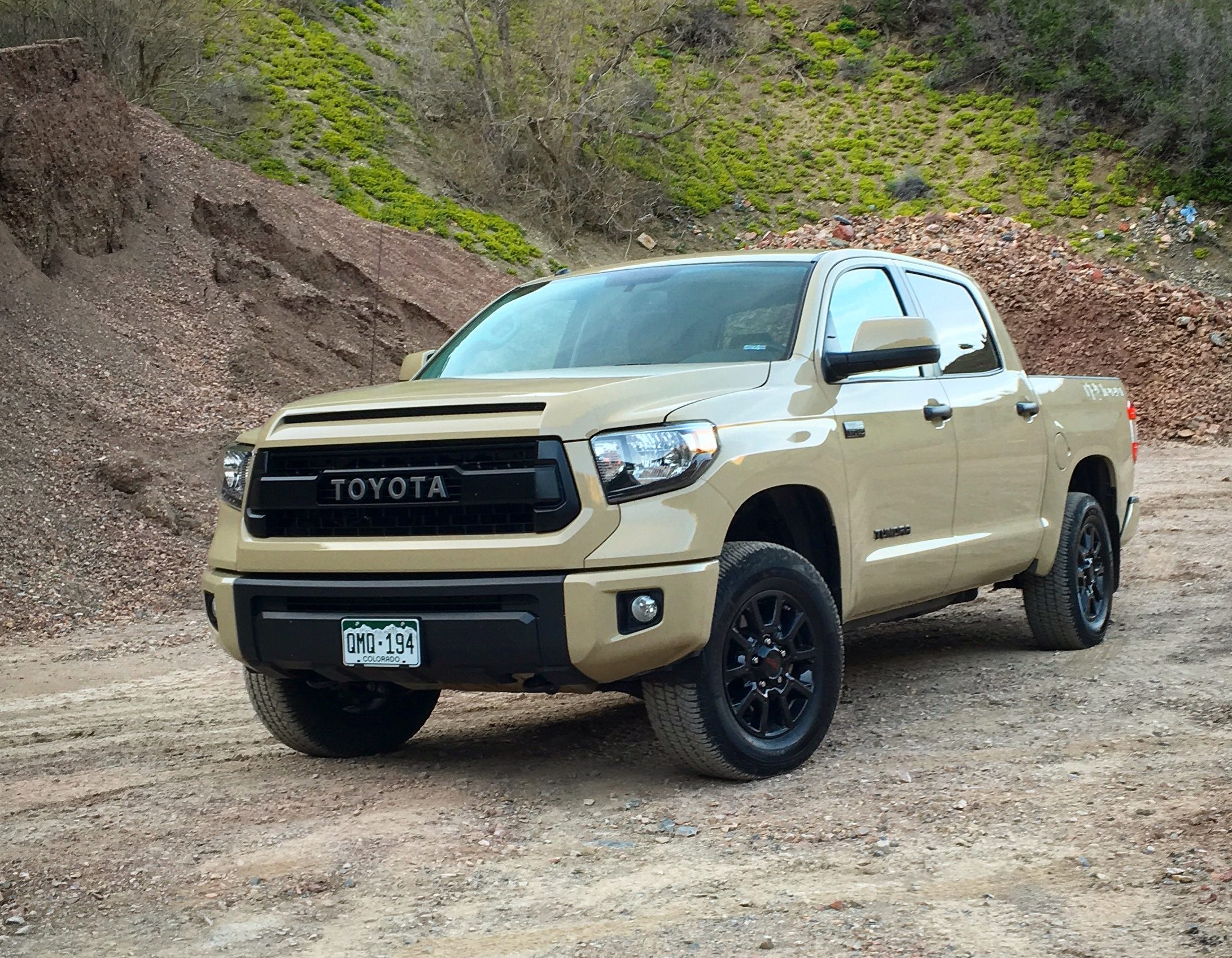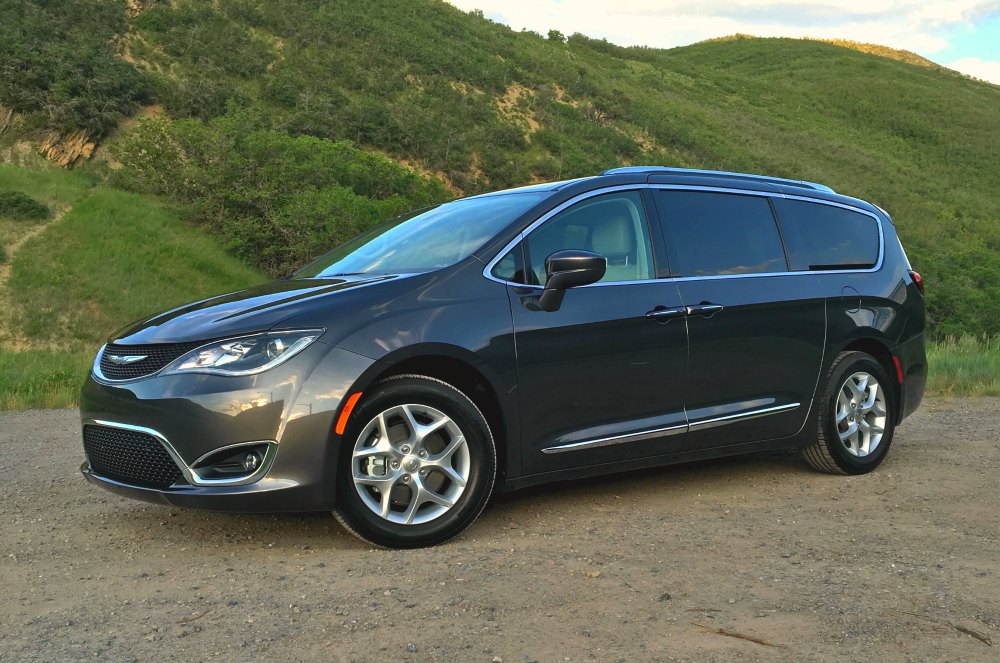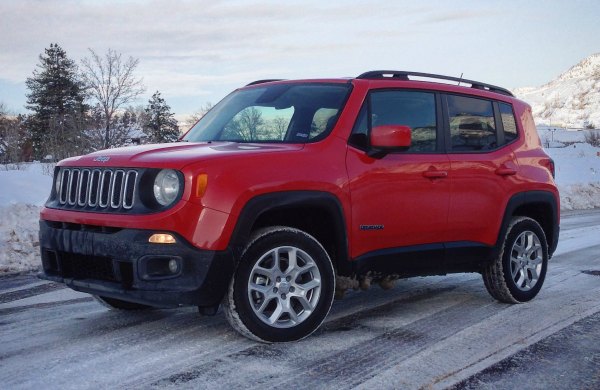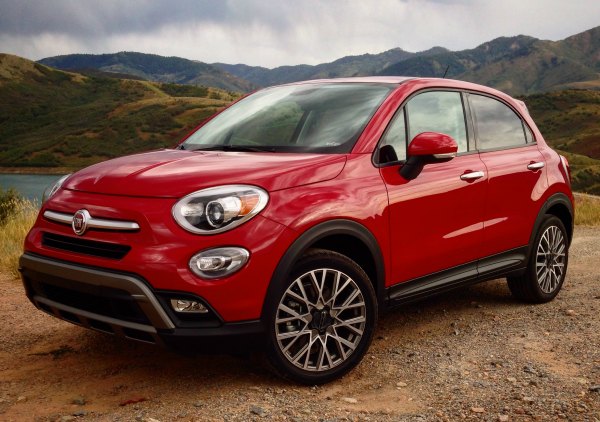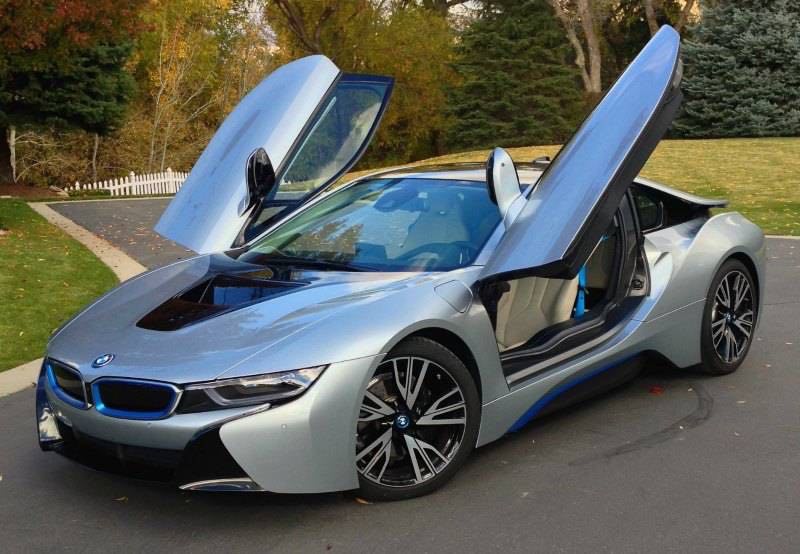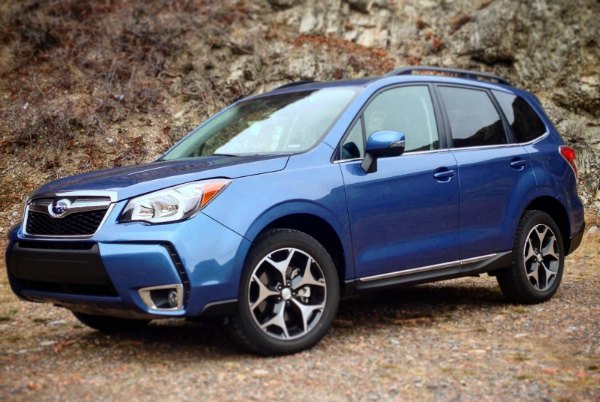The 2016 Toyota Tundra is fighting a tough battle in a popular place. That’s because American drivers love big trucks.
How much so, you ask? Last year, Americans purchased more than 1.9 million full-size trucks. If you’re Ford, Chevrolet or Ram, all that truck interest is great for business. But what about Japanese truck makers like Toyota and Nissan? They have to benefit from a perpetual need for power and brawn, right?
Not so much. Toyota’s Tundra managed to earn 6 percent of last year’s truck sales. The Nissan Titan was responsible for just over one-half of one percent of the truck business. For the Tundra, those sales duplicated 2014’s volume and were slightly up over 2013 sales, which was the last significant update to the Tundra.
Should you consider the 2016 Toyota Tundra? Absolutely. But know that choosing the Tundra will place you in the minority of American full-size truck drivers.
Reason #1: Paint choices ensure 2016 Toyota Tundra stands out
It seems that one of Toyota’s goals with the Tundra is to stand out from the crowd and the paint colors are doing their part to grab attention — though not always in the way they might desire. Last year I tested the Tundra TRD Pro model in an “Inferno” paint job I described as “somewhere between Halloween orange and Doritos nacho cheese coloring.”
It earned mix reviews at best.
This time, opinions about the paint job were unanimous — unanimously awful. It’s called Quicksand and I’ve never tested a vehicle where the paint color was so universally panned. Many people described it as “baby poop brown.” Yes, that’s a graphic and apt description. My apologies. I did have a friend who said he “loved the color.” His office mates immediately accused him of a complete lack of taste.
I bring this up early in the review because it was the most common and visible complaint about the truck. It’s also a non-issue since Toyota offers 11 paint colors and “Inferno” and “Quicksand” are by far the most polarizing. Choose “Radiant Red” or “Blazing Blue Pearl” or “Midnight Black Metallic” and your friends will salute your good taste. But if you wish to draw attention to yourself, Toyota has at least two colors that will provoke a reaction.
Reason #2: V8 rules Toyota truck land
Unlike Ford, Chevy, and Ram, the 2016 Tundra offers only V8 engines. For drivers who seek the improved fuel efficiency of V6 engines like Ford’s EcoBoost and Ram’s EcoDiesel, that’s reason enough to eliminate the Tundra from consideration.
The Tundra’s base model is a 4.6-liter V8 that is mated to a six-speed automatic transmission and makes 310 horsepower and 327 pound-feet of torque. Expect 14 mpg in the city and 18 mpg on the highway or 16 mpg combined.
The 5.7-liter V8 generates 381 horsepower and 401 lb-ft of torque and is also mated to a six-speed auto. That was the engine in my test model and it’s responsive, active and capable. Mash the pedal and you’ll feel instant acceleration and power. There is a downside to all that power, of course. Fuel economy is a dismal 13 mpg city/17 highway for a combined 15 mpg. I averaged 13.7 mpg during my week behind the wheel. That’s disappointing when you compare it to the 22 mpg I’ve averaged driving the Ram EcoDiesel model.
Reason #3: A mix of soft and rugged features
One of the best parts of the 2016 Toyota Tundra is the comfortable and spacious Crew Cab. I took some friends out to dinner and my buddy hopped out of the back seat after a short drive to the restaurant and said, “That is the most comfortable back seat I’ve ever experienced. It’s huge! I could do an eight-hour road trip in the back seat and never complain.”
Accommodations are even better in the front seat where leather seats and a leather-wrapped steering wheel impress. Heated front seats are available on the Limited trim. The 7-inch Entune infotainment screen is easy to use and understand and radio and climate dials are easy to distinguish from each other. Overall, the interior is nice and layout is simple and sensible.
This next feature is a mixed bag. When you’re in the Tundra there is no mistaking that you’re driving a truck. It’s tough. It’s rugged. It jostles over bumps and sways on turns. This ain’t no cushy crossover. It’s a genuine truck that can haul between 9,800 and 10,500 pounds and offers a maximum payload of 2,060 pounds.
If you’re a truck fan, that’s all good news. However, if you’re comparing the Tundra to the F-150, Chevy Silverado or Ram 1500, you’ll notice that each of those trucks offers a more refined ride that is less bumpy, less jittery and more accommodating for longer journeys or driving around town.
Reason #4: Good safety scores
The Tundra earned a four-star safety rating from the National Highway Traffic Safety Administration. It earned five stars in the side-impact test and four stars in frontal crash and rollover tests. The Insurance Institute for Highway Safety (IIHS) awarded the Tundra its highest score of “Good” in three of five crash tests, but it earned an “Acceptable” score in the rollover test and a “Marginal” score in the demanding small-overlap front crash test. Of the major truck builders, only the Ford F-150 earned a “Top Safety Pick” designation from the IIHS.
Here’s something to consider: I witnessed an accident last week as I was walking down a sidewalk. I was less than 10 feet away from the collision between a 2016 full-size GMC Sierra truck and an older Honda Accord. Fortunately, neither driver was seriously hurt when the Sierra plowed into the rear of the Accord at more than 40 miles per hour. The rear end of the Accord did as it should do, crushing into a small space while leaving the passenger compartment largely unscathed. But I’m certain that vehicle is a total loss. On the other hand, the front of the Sierra exhibited minor damage.
The accident proves one thing: bigger wins in an accident and the Tundra’s large size will help offset some of the risk for drivers and passengers.
Reason #5: Excellent reliability ratings
Consumer Reports compiles data and opinion for more than 740,000 vehicles and the Tundra continues to earn “Excellent” reliability ratings. Choose a new Tundra and Consumer Reports anticipates it will prove 49 percent more reliable than other trucks in its class. This is nothing new for the Tundra. In fact, you have to go back to 2009 to find a model year where the Tundra earned a “Good” reliability rating. By comparison, Consumer Reports expects the 2016 Ram 1500 to perform “worse than average” while the 2016 Chevrolet Silverado is pegged as “much worse than average.” When it comes to full-size truck reliability, the Ford F-150 and Toyota Tundra remain smart bets.
Toyota backs 2016 Toyota Tundra owners with a three-year/36,000 limited warranty and a five-year/60,000-mile powertrain warranty.
Getting better but 2016 Toyota Tundra lags today’s best trucks
My well-equipped Tundra TRD Pro test model had a base price of $45,060 and, after minimal options and delivery fee, topped $47,118. The Tundra continues to improve but the competition is intense. Ford, Chevrolet and Ram update and refine their trucks every year and that makes it a tough place for the Tundra to convert buyers from American brawn.
Reliability is a good reason to consider the Tundra. Capability is good, too. But Toyota continues to play catch up to the Ford F-150, which helps explain why the F-150 remains the best-selling truck (and vehicle) in America year after year.
2016 Toyota Tundra photo copyright Waterdog Media, Inc.
